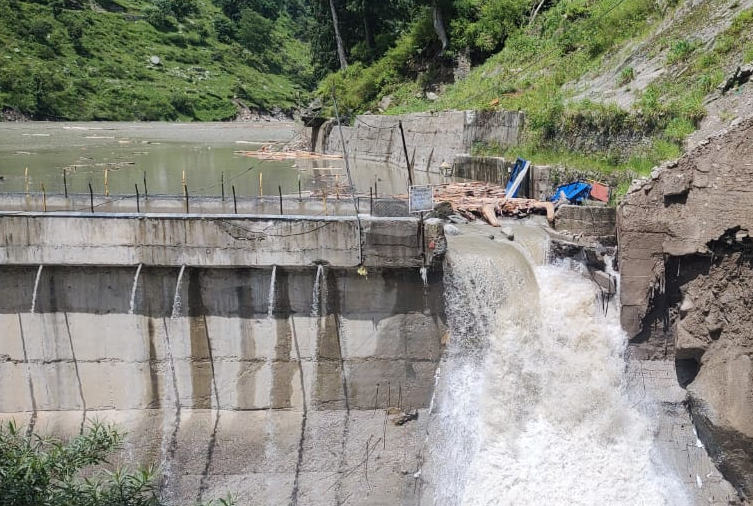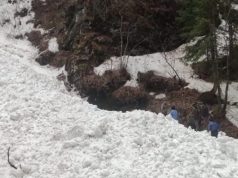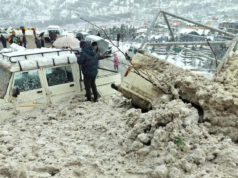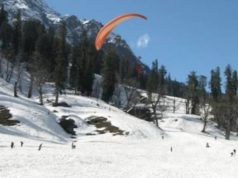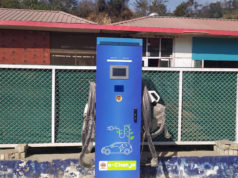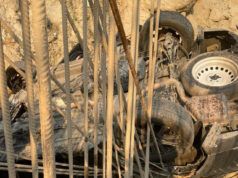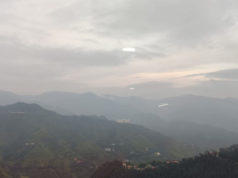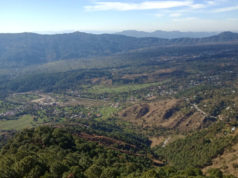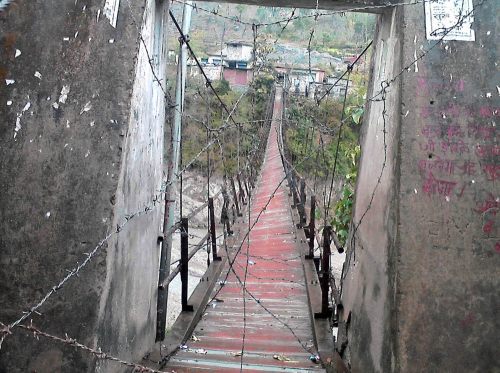Kullu: The serene landscape of Malana Valley has been struck with a grave crisis as the Malana Stage 2 Dam faced a critical malfunction, leading to an alarming water overflow into the adjacent Parvati River. With the valley already reeling from heavy downpours and landslides, the unexpected surge in water levels has prompted authorities to issue urgent warnings, advising villagers to steer clear of the riverbanks and prioritize their safety.
The series of natural disasters that have unfolded in recent days have taken a toll on the lives and properties of the residents in Kullu Valley. Heavy rains have triggered landslides in several parts of the region, causing substantial damage to homes and properties worth crores. Families have been grappling with the aftermath, trying to salvage whatever they can amidst the chaos.
As if the landslides weren’t enough, the Malana Stage 2 Dam, a significant hydropower project in the area, experienced a critical gate malfunction. The failure led to an uncontrolled overflow of water into the Parvati River, raising concerns among locals and authorities alike. The rising water levels in the river pose a potential threat to the safety of the villagers near its banks.
In response to the dire situation, the local authorities have issued a stern warning, urging villagers to avoid going near the river and to “STAY AWAY” until the situation is under control. The sudden water release has increased the risk of flooding, which could further exacerbate the challenges faced by the community.
Emergency response teams, disaster management personnel and engineers are working relentlessly to address the dam gate malfunction and mitigate its impact. The focus is on stabilizing the water levels and preventing any further escalation of the crisis. However, the repair efforts are proving to be a formidable task, given the relentless rains and the complexity of the dam’s infrastructure.
As the situation remains precarious, local authorities closely monitor the weather and water levels to anticipate potential threats.


